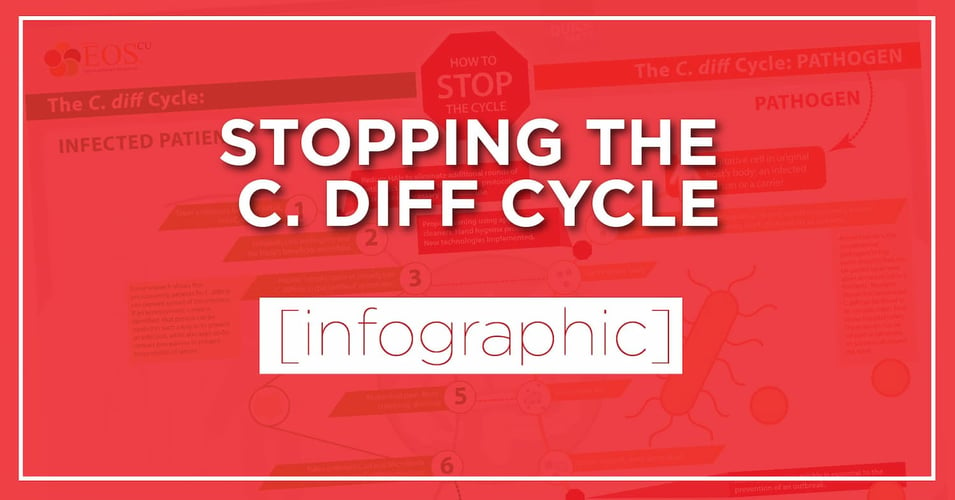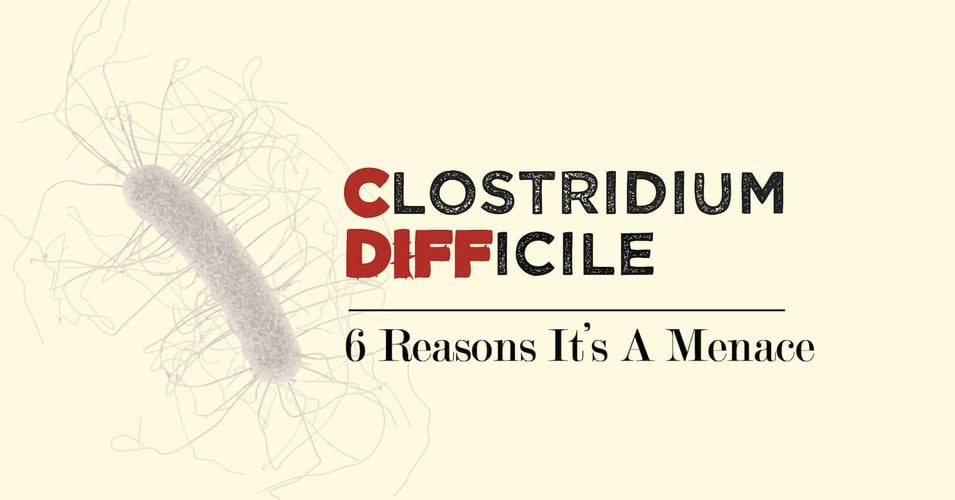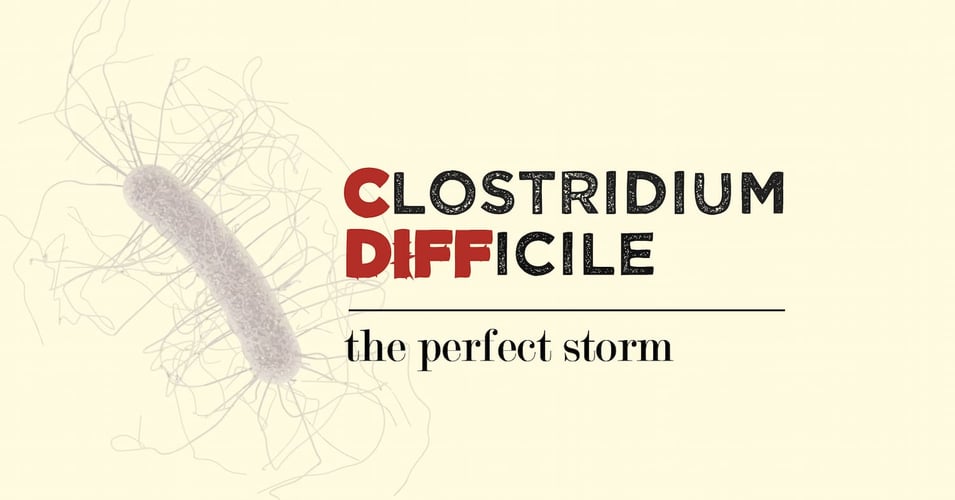< 1min read.
Stopping the C. diff Cycle
In our series on Clostridioides difficile, we explored the bacteria that causes this lethal hospital-acquired infection, the resulting infectious...










